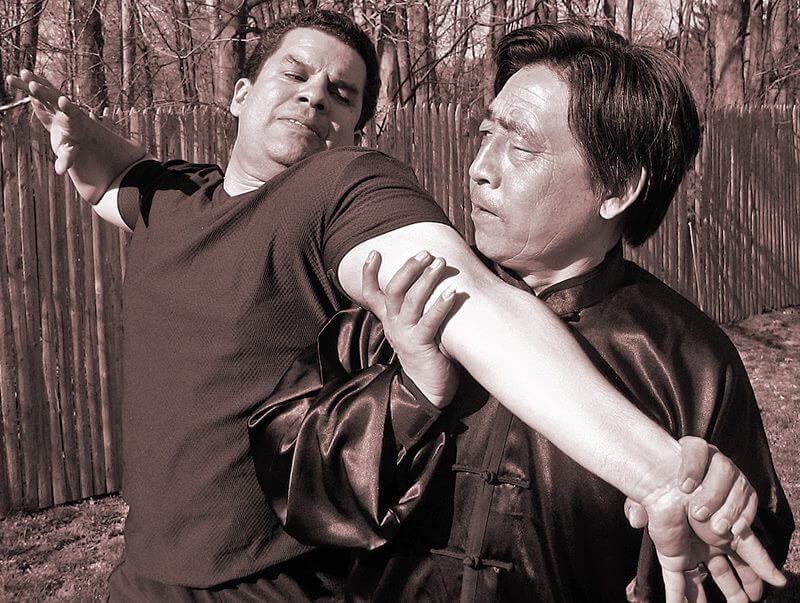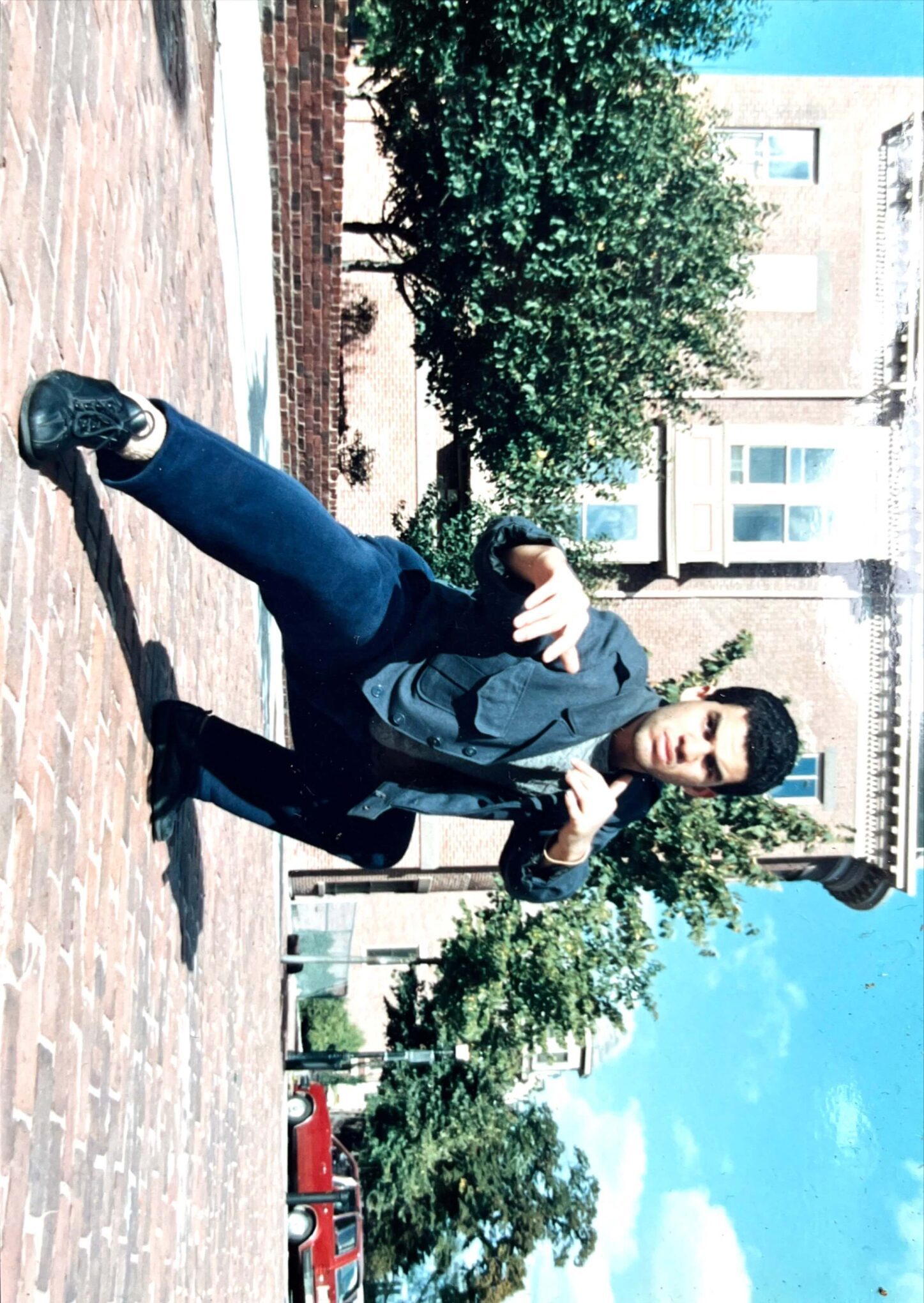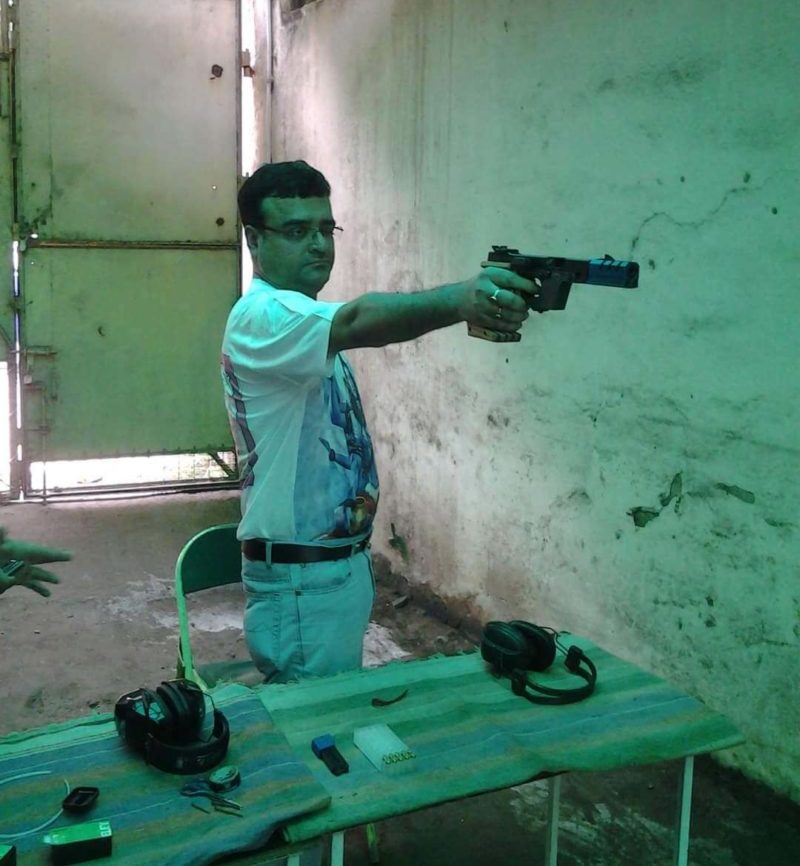The enthusiasm for football is slowly working into a frenzy. For India, there is an irony in all this. It is not playing in the World Cup as it does not even qualify. Even worse, only a few days before, India’s football captain had to appeal to fellow countrymen to come to see the game played by their national team. Following the appeal, it appears things had improved and there was a greater presence in the Bombay stadium. Here’s a report, for Different Truths.
As the 2018 World Cup Games were kicked off at the Luzniki Stadium in Moscow, the enthusiasm for football is slowly working into a frenzy. For India, there is an irony in all this. It is not playing in the World Cup as it does not even qualify.
Even worse, only a few days before, India’s football captain had to appeal to fellow countrymen to come to see the game played by their national team. Following the appeal, it appears things had improved and there was a greater presence in the Bombay stadium where the Indian national team was playing against several African teams and, lo and behold, winning.
It was not so earlier. There used to be times when football matches would bring life to a standstill, for a fleeting couple of hours, in central Calcutta when matches used to be played in the Maidan. The makeshift football grounds – makeshift because the Army owned the Calcutta Maidan and no permanent structures could be built there — of the leading clubs would be spilling over during the match days.
One still remembers the slushy ground in the football season, which used to be late summer and early monsoon months, when one had to literally wade through puddles and mud to reach the club entry gates. A slip or two on the wet muddy stretches were not uncommon.
And, of course, there was the inevitable “Mounted Police”. The Calcutta Mounted Police had a job on hand in the football season controlling the crowd around the Club grounds. Some pranksters even created tough situations for the horsemen by pinching and pricking the large animals when they would throw up their legs. Controlling the horses was the better part of the job than the crowds.
In the rainy season, the evening drizzle or sometimes the downpour would make it difficult to see the ball movements. In the club grounds, there were green stands for the general public and special enclosed areas for the club members. For the regular fans, there would be chosen seats or stands which only they would occupy. If by chance a stranger would take these in advance of the arrival of the regulars, there would be polite hints to move over. The seats or stands were taken as charms or flat-bedded magic wands and egging on their sides from those spots should help win the games.
Rains, storms, slush and lack of transport were no deterrent. The fans would arrive in their numbers. In these days when lightning strikes had become all too frequent, one recalls these sometimes claiming young lives on Calcutta Maidan. On one such occasion, several boys standing at the obelisk to the fallen soldiers at the Maidan were struck by lightning and they died. Indira Gandhi was the prime minister and when she came to know about it, she personally condoled their death.
Skirmishes and occasional fights between rival fans were not uncommon. These were, however, only on the spur of the moment and died out fast. The arch rivalry was reserved only for the two big teams: Mohun Bagan and East Bengal. Their colours were what people were marked by: green and maroon (Mohun Bagan) and yellow and red (East Bengal). This was the great divide between East Bengalis and West Bengal natives. But even families would be divided on the lines of the football clubs. East Bengalis would celebrate their victories with Hilsa fish when their Club scored over Mohun Bagan; the rivals’ fans would call their victory with whatever available, excepting the Hilsa.
Basically, it was one of local patriotism. It was a local phenomenon and emotions ran high over local patriotism, so to say.
The advent of television had destroyed those local loyalties and along with that possibly football. As people could watch the big games being played all over Europe and Latin America, their gazes got fixed on the small screen. Admittedly, the standard of the games played in those distant football fields was far superior and a pleasure to watch. In this instance, TV showed something far superior and in contrast, the local fare was dumped.
The irony was the demonstration effect did not have any impact on improving the local effort. By watching these wonderful matches playing in different arenas across the world, no effort was made to copy them in the forward looking manner. On the contrary, what happened is what our Indian captain regretted. We became totally apathetic to our own football. Was it inevitable?
Surely not. We did not play the same kind of cricket in the colonial days. India was not the winning team against England or West Indies or Australia the way we play the game now. The big names among fast bowlers were dreaded, excepting a few; the batting legends were from mostly the other teams. What changed Indian cricket is possibly money?
As big money entered sponsoring cricket events, interest soared. The remuneration of the players increased astronomically and their devotion went up in step. Facilities increased, training camps proliferated, equipment and their quality changed unrecognisably. Competing internally calls for a certain mentality and confidence. That comes when there is enough support as well. That is support from the overall environment. Cricket is today drawing all that money and attention. It is proving to be a killer sport for the growth of athletics and sports in general in the country.
It is time that our attention spread wider. Russia is longer the football heavyweight that it used to be previously. Yet, Russia has spent $11 billion on putting up the facilities to host the 2018 Game. Small African countries are producing world beating players and teams because many of their players are playing year round for the rich European clubs.
Sports and games today are not just a matter of only native strength. These are the end products of years of grooming and sports science. It is a hugely organised affair, calling for an investment of the humongous amount of funds. The talented have to be caught young and resources would have to be showered on them for years and decades. One can safely predict China to emerge as a big gun in one of these coming Games. Let us beat them at least in this game.
Anjan Roy
©IPA Service
Photo from the Internet

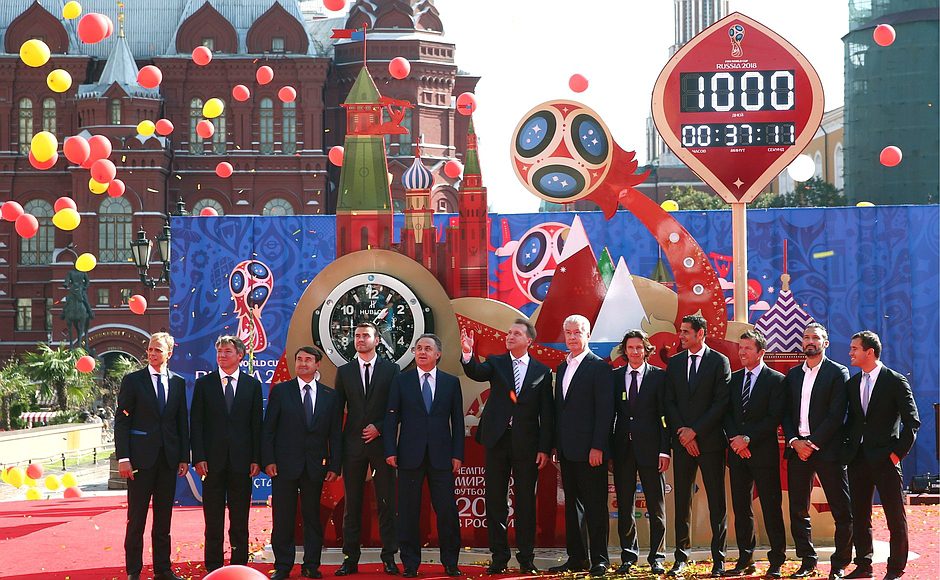

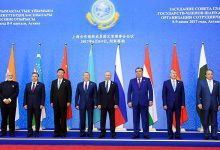

 By
By